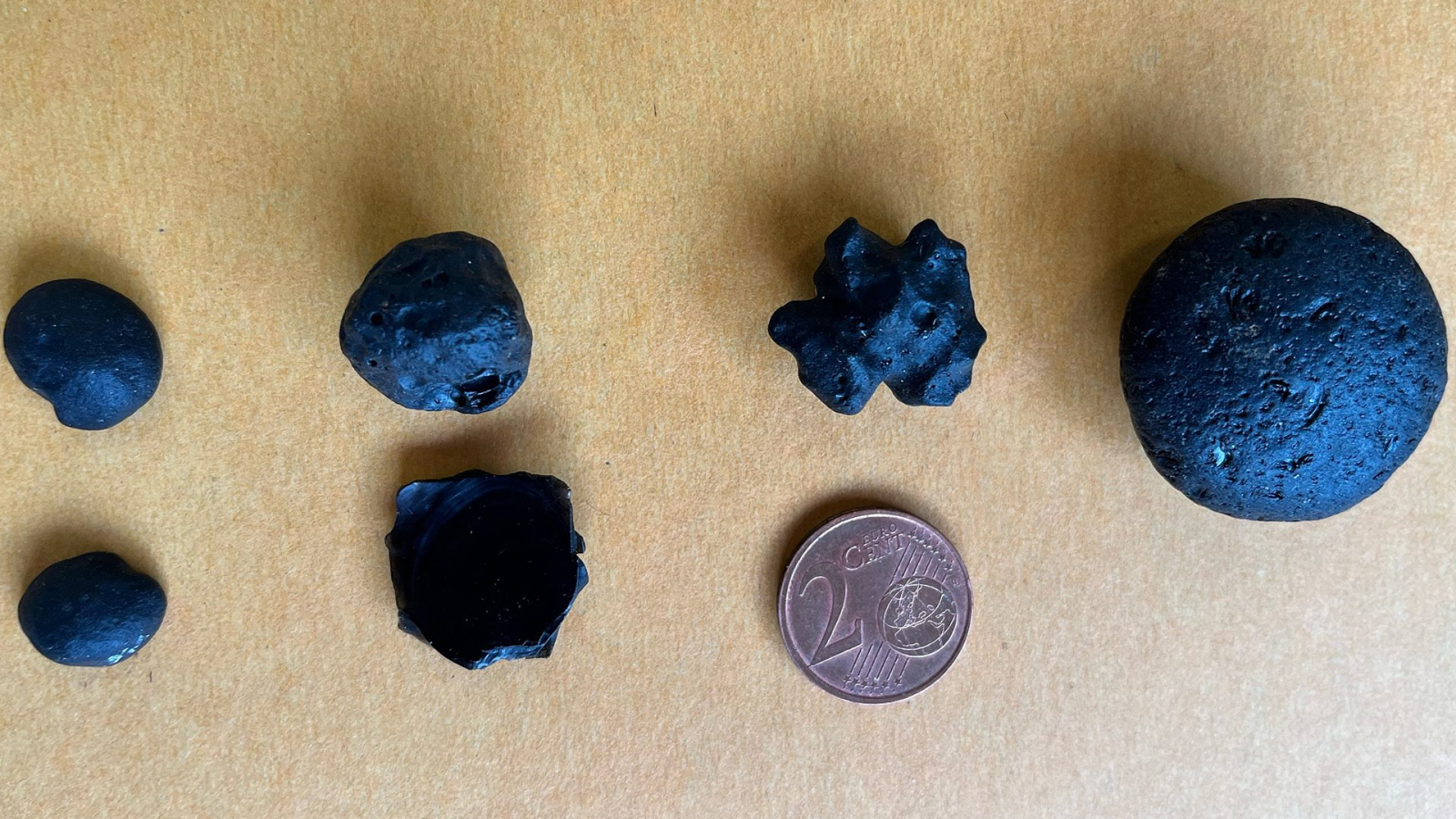The battle against mosquitoes has intensified in recent years, particularly against the tiger mosquito species that poses significant health risks. A groundbreaking natural repellent has shown remarkable effectiveness in an extreme test involving thousands of these persistent pests. This innovative solution offers new hope for those seeking chemical-free protection during mosquito season.
Revolutionary natural mosquito repellent undergoes extreme testing
In an extraordinary demonstration of confidence, a researcher in Guadeloupe recently subjected herself to a challenging test that few would dare attempt. Marie Modeste, a molecular biotechnology researcher, entered a sealed cage containing 32,000 hungry tiger mosquitoes after applying a natural repellent called Kreopik to her entire body. This test represents one of the most extreme evaluations of a mosquito repellent ever conducted.
The experiment began with a control test where Modeste inserted her arm into a small hermetic cage without any protection. As expected, this resulted in multiple bites. The main test followed, with the researcher entering a 3×3 meter sealed enclosure containing thousands of hungry insects that had been deprived of food for over eight hours.
After spending more than twenty minutes surrounded by the aggressive insects, Modeste emerged completely bite-free. While the experience was described as uncomfortable, the natural repellent’s effectiveness against tiger mosquitoes was conclusively demonstrated under extreme conditions that far exceed what anyone would encounter in daily life.
This remarkable test shows promising results in our ongoing battle against disease vectors. Much like how exercise helps combat serious diseases like cancer, natural solutions can offer protection against insect-borne illnesses.
Locally sourced ingredients power effective protection
What makes Kreopik particularly noteworthy is its 100% natural composition based on locally sourced ingredients from Guadeloupe. The research team developed this repellent using a blend of:
- Essential oils with natural repellent properties
- Shea butter for smooth application and skin nourishment
- Cocoa butter providing lasting protection and moisturization
- Other natural botanical ingredients native to the region
According to this study, this natural tiger mosquito deterrent represents a significant advancement in mosquito protection because it eliminates concerns about chemical exposure. Many conventional repellents contain DEET and other synthetic compounds that can cause skin irritation or raise health concerns, especially with frequent application.
Research into natural repellents has gained momentum as public health concerns about mosquito-borne diseases increase. The spread of tiger mosquitoes resembles how certain diseases adapt and spread through genetic advantages, making effective countermeasures increasingly important.
The researchers behind Kreopik are now expanding their work to develop a 100% natural herbicide, demonstrating a broader commitment to creating environmentally friendly solutions for common problems.
Comparing natural versus chemical repellents
| Features | Natural Repellents | Chemical Repellents |
|---|---|---|
| Skin Sensitivity | Generally gentle, moisturizing | May cause irritation or allergic reactions |
| Environmental Impact | Biodegradable, eco-friendly | Potential water and soil contamination |
| Duration of Effect | Typically shorter (2-4 hours) | Longer-lasting (up to 8 hours) |
| Odor | Often pleasant botanical scents | Chemical smell that may be unpleasant |
Why tiger mosquitoes pose a serious health threat
The tiger mosquito (Aedes albopictus) represents a significant public health concern in many regions worldwide. Originally native to Southeast Asia, this invasive species has spread to every continent except Antarctica. In Guadeloupe and increasingly in mainland France, these mosquitoes pose a growing threat to public health.
What makes tiger mosquitoes particularly dangerous is their potential to transmit several serious diseases. Their role as disease vectors makes them significantly more dangerous than mere nuisance insects. These mosquitoes can carry viruses that cause:
- Dengue fever – causing severe joint pain and potentially fatal complications
- Chikungunya – resulting in debilitating joint pain that can last for months
- Zika virus – particularly dangerous for pregnant women
- Yellow fever – a serious hemorrhagic disease
Tiger mosquitoes are also more challenging to detect than common mosquitoes. They are smaller, produce less buzzing noise, and their feeding behavior makes their presence less noticeable until after they’ve bitten. This stealthy nature increases exposure risk, similar to how certain medical treatments can affect immune responses without immediate notice.
Additionally, tiger mosquitoes are diurnal feeders, active during daylight hours when people are typically outdoors, unlike many mosquito species that feed primarily at dawn and dusk. This behavior pattern increases human exposure and the subsequent risk of disease transmission.
Advancing natural protection strategies against mosquitoes
The successful testing of Kreopik opens new possibilities for natural mosquito protection solutions that don’t rely on synthetic chemicals. As climate change expands the range of mosquito-borne diseases, the need for effective, safe repellents grows increasingly urgent.
Environmental factors significantly influence mosquito populations and behavior. Research shows that the relationship between environmental conditions and biological responses affects many aspects of public health, including insect-borne disease transmission.
The development of natural repellents like Kreopik represents a holistic approach to mosquito control that addresses both human safety and environmental concerns. By utilizing sustainably sourced botanical ingredients, these solutions minimize ecological impact while providing effective protection.
Regional adaptation of natural repellent formulations offers particular advantages, as locally available plants often evolve natural defenses against native insect species. This localized approach potentially creates more effective protection specific to regional mosquito populations.
As this research continues to advance, we may see more diverse natural options becoming available, giving consumers alternatives to chemical repellents while maintaining strong protection against these disease-carrying insects.
Source link

